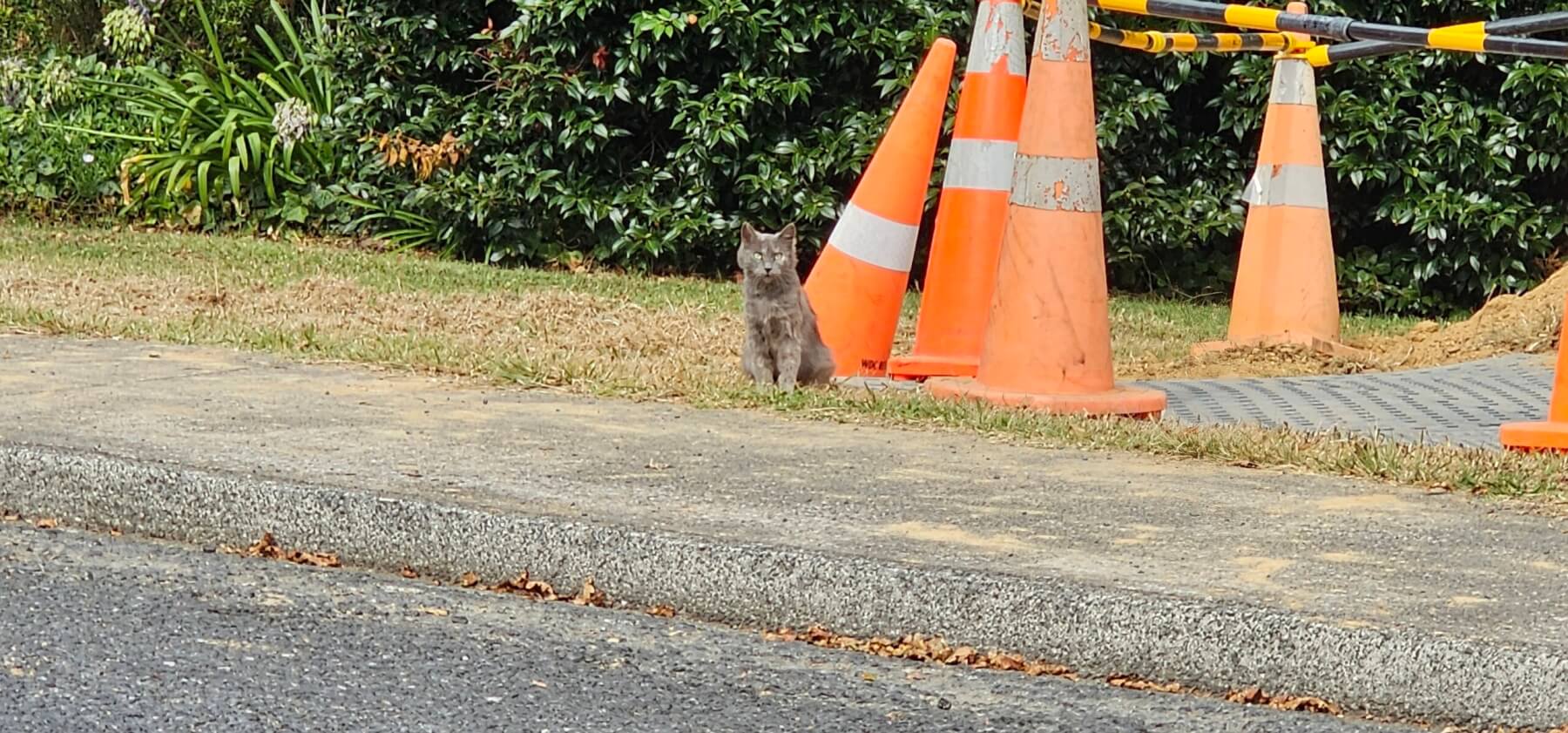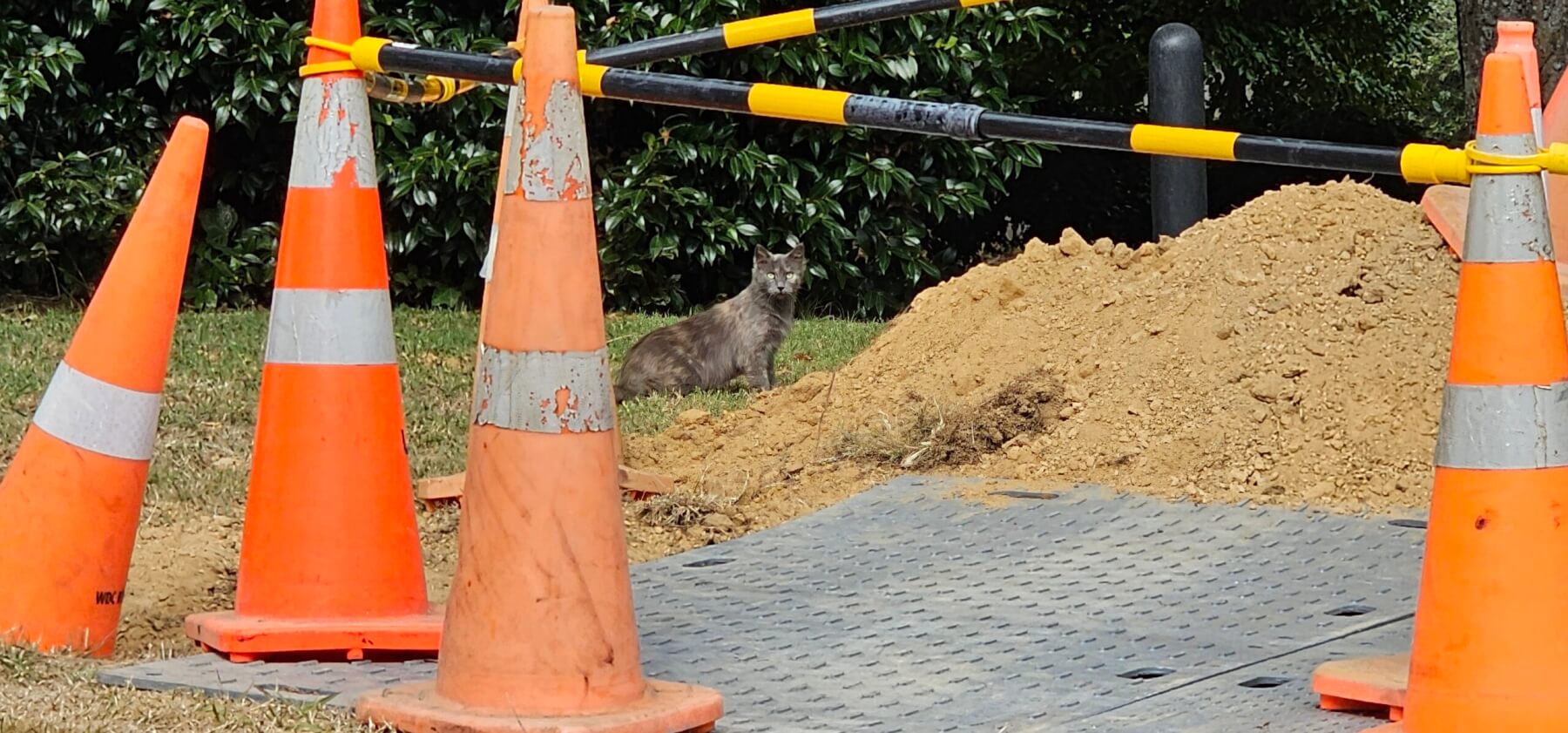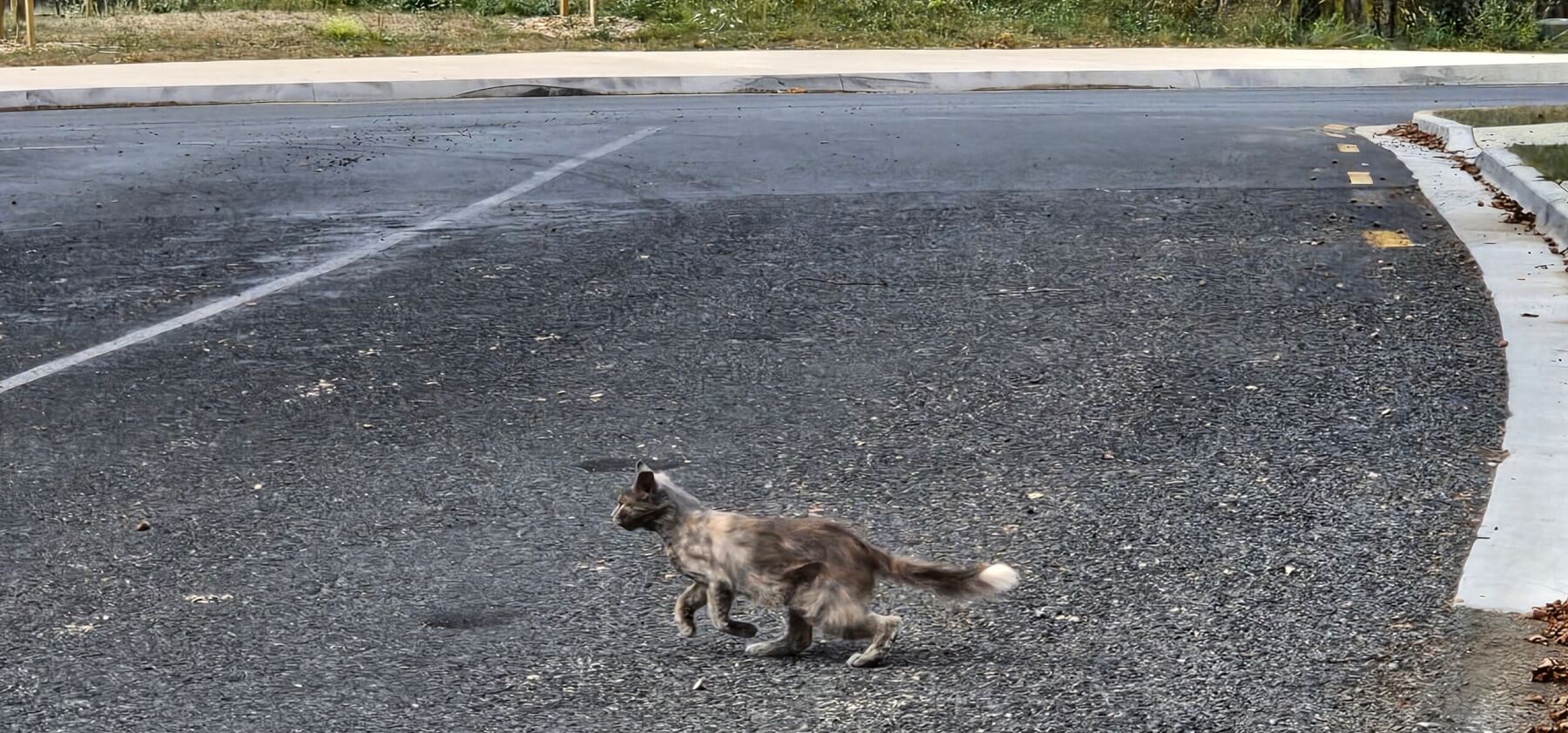Stop feeding Kihikihi’s stray cats.
That’s the advice Te Awamutu-Kihikihi Community Board member Jill Taylor got when she followed Waipā District Council’s advice to call the SPCA on the town’s problem.
Taylor found Ruapehu District Council and Whanganui City Council had bylaws requiring owners to limit cats to four per property and cats aged four or six months to be microchipped.
Waipā had no guidelines on cats, other than to call the SPCA, Taylor said.
“The SPCA are not going to deal with stray cats. They said if you have stray cats don’t feed them, because they are always going to come back looking for food.”
Taylor was tasked with following up on Kihikihi’s stray cat problem after the board heard in February there was a problem.
SPCA scientific office Christine Sumner could not confirm how large Kihikihi’s stray cat problem was.
SPCA distinguished between feral, stray, and companion cats.
Managing the impacts of one type of cat could help resolve issues with other types of cats.
“Increasing the number of companion cats that are desexed helps prevent unplanned litters of kittens ending up as stray,” Sumner said.
“Whilst many cat owners are responsible and desex their cats, we have too many companion cats that are allowed to breed and have unplanned litters of kittens. Often, these kittens experience sickness and death with many needing help from SPCA and other cat rescues. These kittens can also end up as stray cats and further contribute to the cycle of cat overpopulation in New Zealand.
The SPCA advocates for national cat legislation to address the problems of cat over population and The Domestic Cat Microchipping Bill was announced last December.











